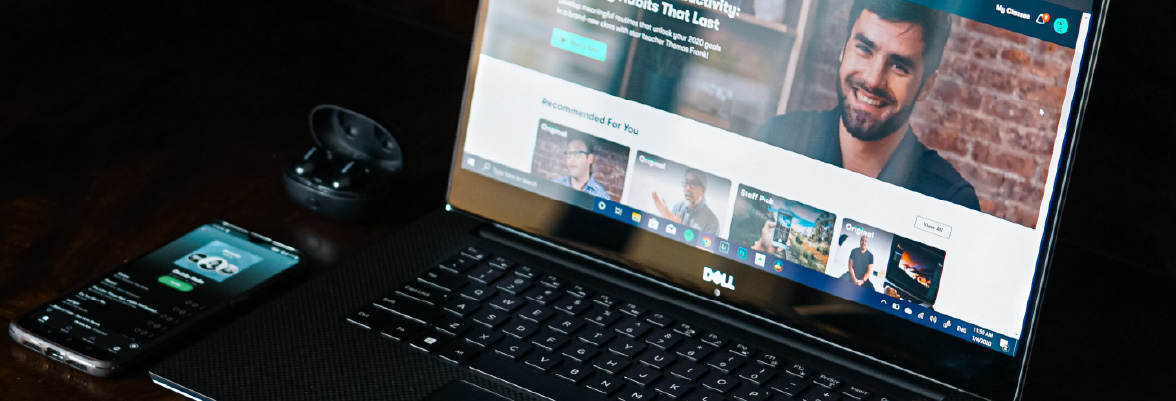By now, remote work may feel like old news.
Whether you’ve been remote-friendly for years or just made the switch to working from home in the last few months, you’ve probably got some systems in place to host meetings, manage projects, and collaborate virtually.
What you may now have is a strong sense of security in these systems.
As a leader among IT security service providers, Wipro has a long history of helping businesses enhance their cybersecurity through digital transformation, and we’ve found that while remote work increases business flexibility it also increases vulnerability to cyber threats. Fortunately, these threats are entirely manageable. The only catch is that businesses need to understand the risks before they can mitigate them.
How familiar are you with the risks associated with working from home?
How prepared are you to mitigate those risks?
To help you answer these questions, we’ve provided a brief self-assessment based on frequently asked questions from enterprise clients about their own work-from-home programs.

Does your workforce have secure sign-in and remote access?
On-site, workers likely pass through several layers of security just to access a secure network. What are you doing to extend those protections to remote access?
Because remote access means new devices and networks and accounts, credentials need to be obtained, verified, stored, and secured. Access needs to be managed appropriately and monitored thoroughly.

Are workers using personal devices to work from home?
Do those devices meet your organization’s security standards?
Personal devices can be risky because they’re managed by individuals rather than the organization. How can you say for sure whether your workers’ devices meet company security standards, and that they aren’t being used in ways that put the company at risk? Old devices not up to date on antivirus protection will be more vulnerable to cyberattacks, but even devices supplied by the company and managed by the company are not immune.
Security controls need to be extended to all personal and remote devices to ensure they’re protected to the same extent as on-site devices.

How are you securing company data, and ensuring it's only used for the intended purposes by the intended people?
Data security is always important, but remote access makes data security a top concern. New networks and devices provide more vulnerabilities for hackers to exploit, putting critical company information at risk when accessed remotely.
Least access measures and endpoint controls are essential for remote work. So are detailed analytics about access and usage.

How are you monitoring threats associated with remote working?
How are you mitigating those threats?
As the IT infrastructure expands to accommodate remote devices, the visibility over that infrastructure must increase so much more. IT needs to know who’s accessing what, when, and from where. They also need to be able to identify potential threats from end to end, throughout that entire line of communication.
Clearly, this requires sophisticated monitors and controls. It also requires an efficient system to communicate and act before threats have the chance to become attacks.

Does your WFH program meet government regulations?
Your on-site systems may have been compliant with government data and security regulations, but what about your remote systems?
From personal devices to new networks to third-party applications, staples of remote work can jeopardize company and personal information, as well as security compliance.